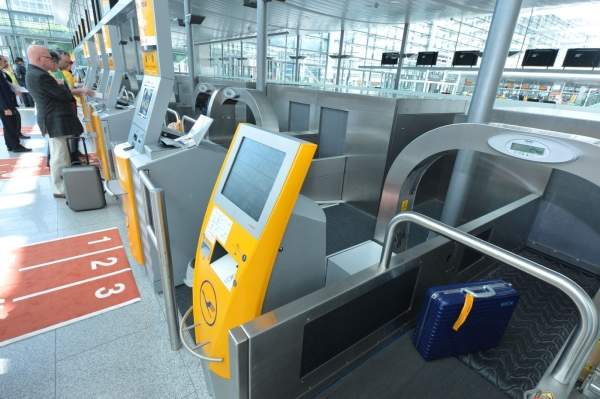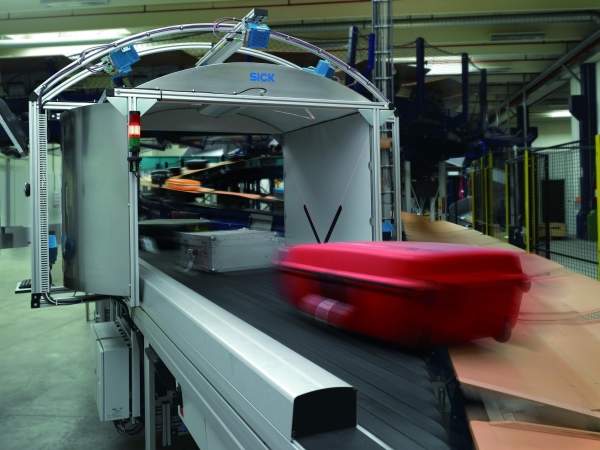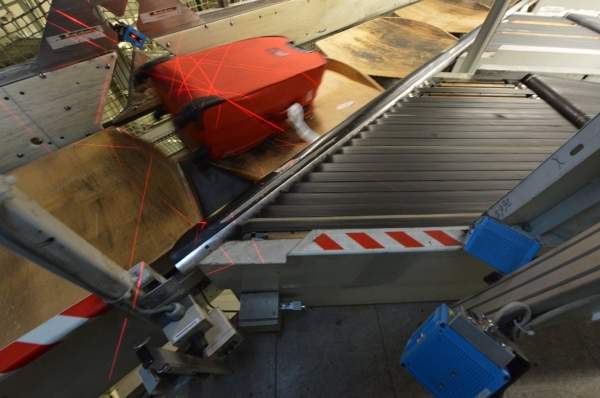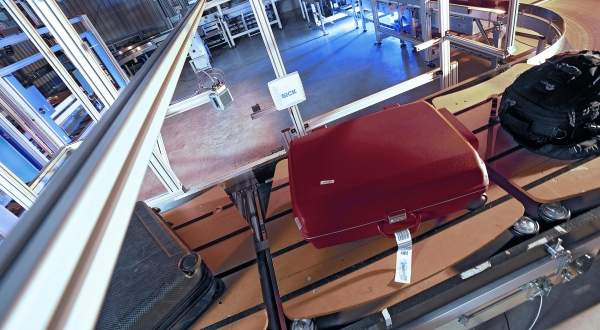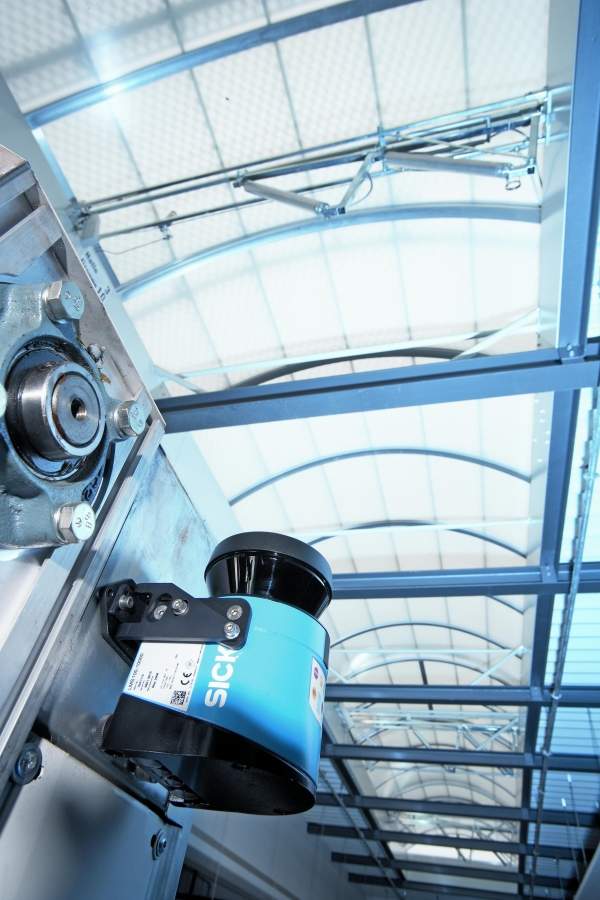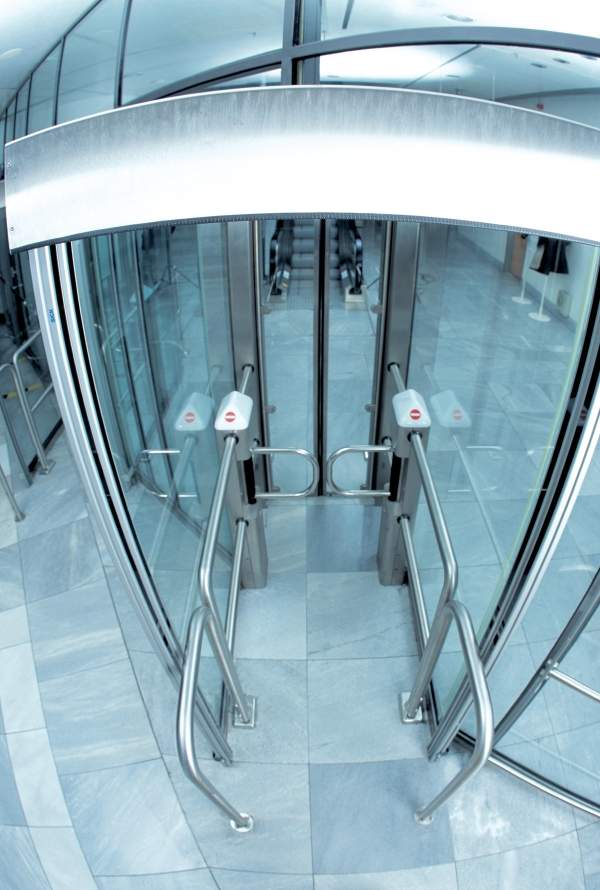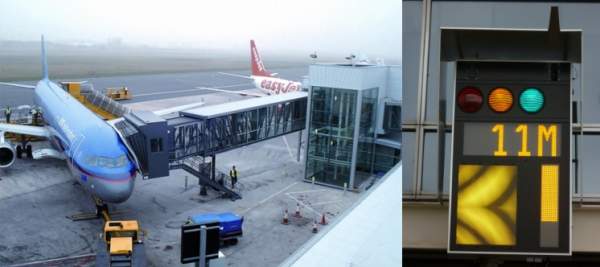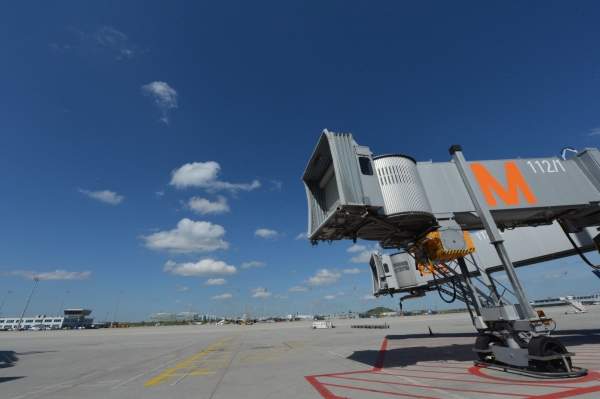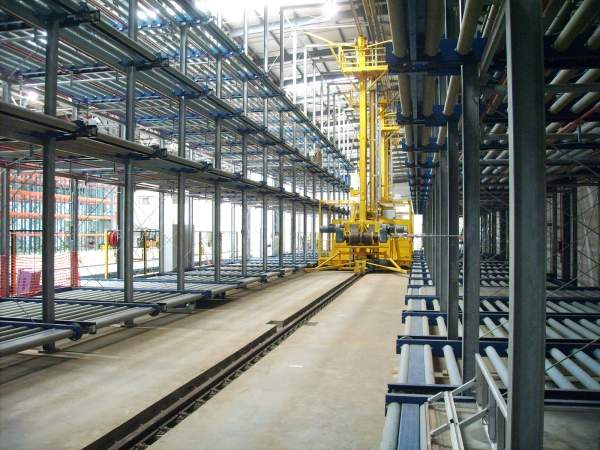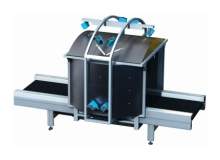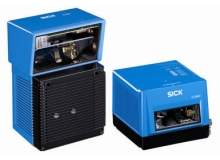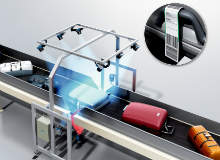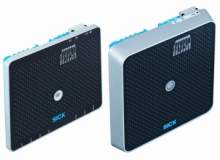
Numerous logistics processes at the airport run smoothly thanks to sensors and sensor solutions from SICK. The airplanes stop precisely at the parking position, the air cargo container is loaded on the right cargo aircraft, and the luggage ends up in the right hands.
SICK sensors control and monitor each critical movement accurately and reliably. They are used in many applications such as passenger boarding bridges, ground support vehicles, baggage handling systems and cargo facilities, access control systems, security systems for buildings and for ground surveillance and in catering facilities.
Sensors in passenger boarding bridges and ground support vehicles
- Aircraft docking guidance system
In order to take up the parking position at the terminal as quickly and precisely as possible, landing airplanes follow the signals of a display. The LD-OEM 2D laser scanner performs vertical scans along the centre line providing the data to determine the distance of the approaching aircraft.
- Docking of passenger boarding bridge at the aircraft
The docking of the passenger boarding bridge at the aircraft is a precision job, as it is the vertical adjustment and the automatic level adjustment, the axial extension of the bridge and the rotatory motion of the docking cabin and the bogie. Ultrasonic sensors, optical distance sensors and absolute encoders are indispensable here.
- Collision prevention of two passenger boarding bridges
Aircrafts with large passenger-carrying capacities are boarded via two passenger boarding bridges, the Airbus A380 even via three passenger boarding bridges. LMS1xx 2D laser scanners prevent collisions between the boarding bridges.
- Aircraft tugs
Aircraft tugs push the aircraft from the gate back onto the apron. The data of the LD-OEM 2D laser scanners helps to monitor the angle between the aircraft axis and the tug axis. The driver is warned if a critical angle is reached, which allows him to prevent over-torque, the excess of the maximum steering angle of the aircraft´s nose landing gear.
Sensor technology supports the entire baggage handling process: from the point of check-in to the point of reclaim
Coping with increasing baggage volumes, shorter connection times and a reduction in the manual work involved – this is what is expected from a baggage handling system today. This is precisely where SICK comes in, providing sensors, as well as holistic sensor solutions for airport applications. Together with our clients, we will plan and engineer an individual solution for their specific application.
SICK provides consultation and development services and supplies the sensor solutions clients require for their projects. Furthermore, SICK supports clients during the installation and commissioning and throughout the entire product lifecycle. SICK accompanies clients as a competent partner through every phase of the project.
Individual and flexible identification and measurement
Airports are facilities that ensure the transport of people and goods via air. They are the link to the other modes of transport, road, rail and ship. In order to fulfill this function, the airport operators must provide the necessary airport infrastructure.
Depending on the size of the airport, this could include terminal buildings, air cargo terminals, hangars for aircraft maintenance, facilities for the purpose of air and ground traffic control or vehicles for the execution of ground-based flight operations. The ever-increasing complexity can be managed only through automation.
For many years, SICK has been providing a wide range of sensor solutions for the measurement and recording of data in these highly varied airport areas.
For safety and productivity: SICK LifeTime Services
SICK LifeTime Service is a comprehensive set of high-quality services provided to support the entire lifecycle of products and applications from system design all the way to upgrades.
These services increase the safety of people, boost the productivity of machines and serve as the basis for our customers’ sustainable business success.


